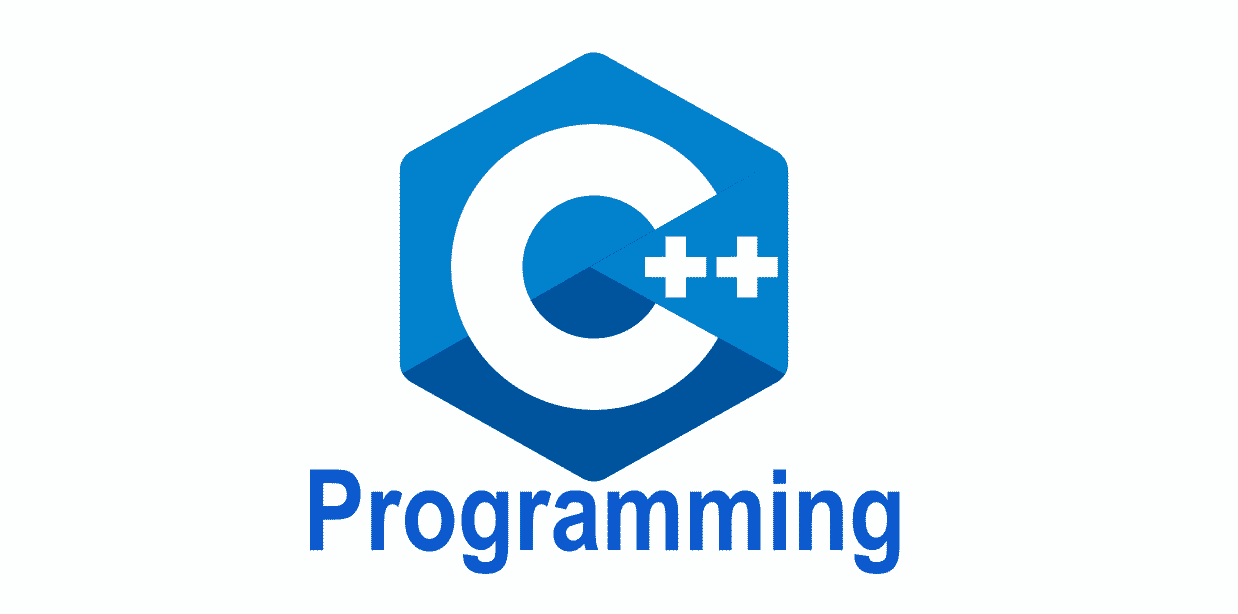An Easy Guide for How to Pass Array Into a Function C++
Passing the array into function C++ is a little complicated since the array is not passed. Instead, a reference to an array is given.
Learn how to pass array and send it to a function in a C++ application. The following sections will be discussed in this post: an array, how to provide arrays to functions, and how to use arrays in loops.
The blog article will include providing links to download the program's source code.
The code may then be modified to create your version of this project! This essay assumes you are familiar with programming in general and c++ syntax in particular.
C++ array pass by reference versus pointer
Arrays can be passed in C++ in two ways: by reference and by the pointer. The distinction between the two is that when you use a reference, the array is transferred onto a different memory address on the stack. When you use a pointer, it links directly to an item in memory, implying that no copy is made (unless you change something about your variables).
To pass array into function C++ by reference vs. pointer in this blog article describes what each type of variable performs and how they operate in big and small arrays. It also provides some guidance on when one may be superior to the other and connections to other resources.
Using a reference to provide an array to a function in C
C is a computer language that passes arrays by reference via function pointers. In other words, supplying the array variable as an argument to the function being called causes changes made inside the method's scope to be mirrored in all occurrences of that variable throughout your code.
With examples and illustrations, this article will teach you how to apply this method.
Making your content clear and concise will keep people interested as they read your piece.
In the following example, we will send an array to a C function by reference. Passing arrays by reference is beneficial since it reduces memory allocation and makes better use of CPU time.
In C, we specify the parameter as "int*" or "char**" to provide an array by referencing a method. The asterisk (*) signifies that the pointer is pointing at information (rather than just pointing at a location).
Before sending a pointer to another function, it must be defined and initialized. For instance, int *ptr = malloc(5*sizeof(int)); Then, you may call any other functions using ptr as if they were provided anything else - for example, if there were two-pointers.
C++ array functions
C++ Array Functions are a sophisticated data manipulation and array working tool. They have a wide range of applications, from sorting to determining the median value in an array. In this section, we will look into some of the functions that can assist you in manipulating your array data.
C++ Array Functions are a sophisticated data manipulation and array working tool. They have a wide range of applications, from sorting to determining the median value in an array. In this section, we will look at some of the functions that can assist you in manipulating your array data.
Passing 2d array to function in c++
This blog article will go through how to send a 2d array of data into a C++ function. The first step of the procedure is to declare the array variable and assign some values to it.
Following that, we must specify the function called and construct an argument list for it. Then, for each matching location in the call, we must ensure that the argument list corresponds to our 2d array by sending in the name of each member in order from left-to-right, top-to-bottom as arguments.
Finally, you should get five outputs on your screen when you execute this code: one for each column and row index in your 2d array!
Pass array to function c++ by reference
In C++, arrays can be passed to functions by value or by reference. The data from the original array is copied into a new position when an array is passed by value. Thus modifications made to one version of the array will not be noticed in another.
This implies that if you have two copies of an array, each with ten items, and you wish to add five additional elements to one of them when it goes out of scope, all versions will still show only ten elements; they won't know about the extra five.
Passing an array by reference, on the other hand, is like giving someone else your house key; whether they return home or leave for work, their door will remain open as usual since it is simply taking up space inside.
Passing an array to function in c++ using pointer
This session will discuss how to use a pointer to send an array to a function in C++. This is significant since not all methods can accept arrays, and if they do, they require the array's individual components to be given in. We must utilize a pointer variable for our function to accept the array we have constructed.
When sending an array into a function that does not support it, you must first ensure that your code was generated with C++11 or later so that you may use std::vector, which is more efficient and also allows you to pass arrays by reference rather than copying them entirely into the new place (which takes up more memory). If your application were built with C++03 or before, you would require another.



